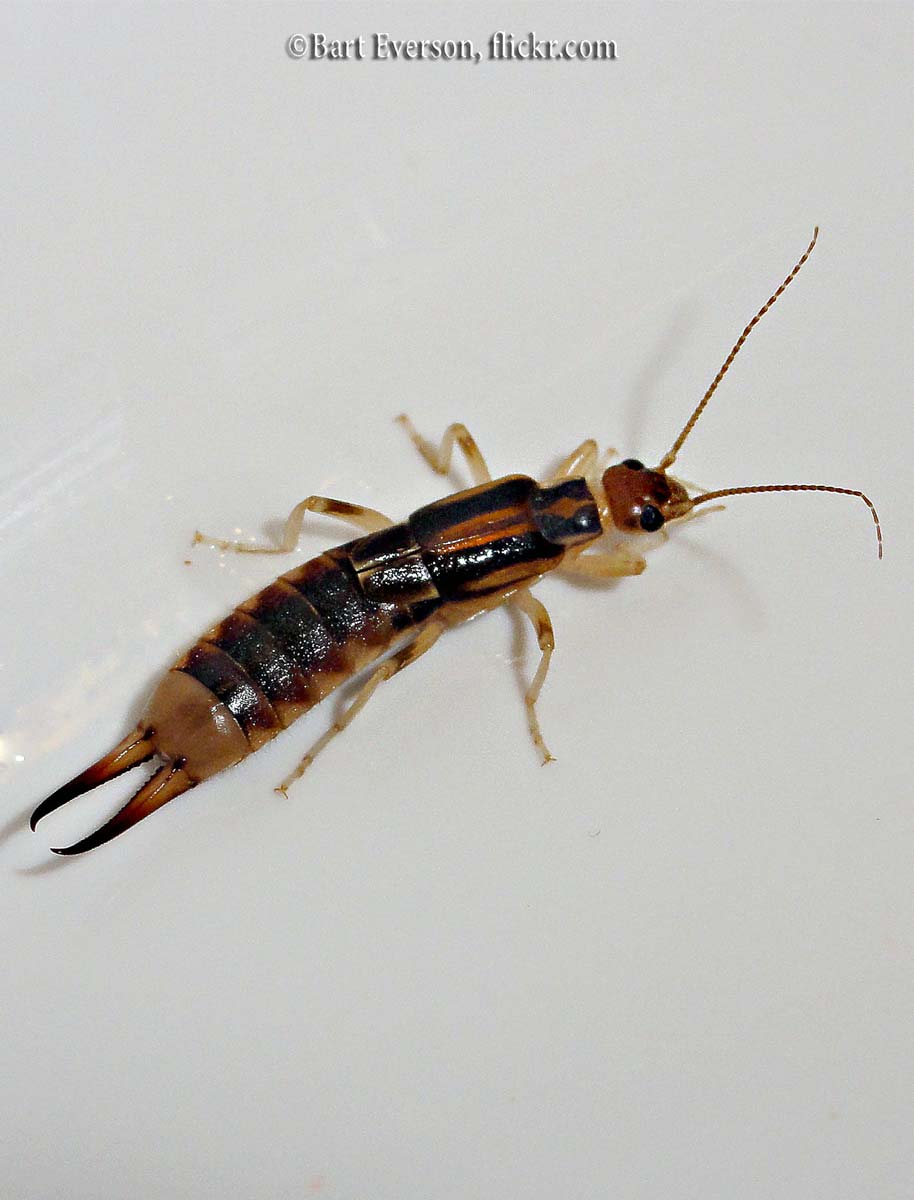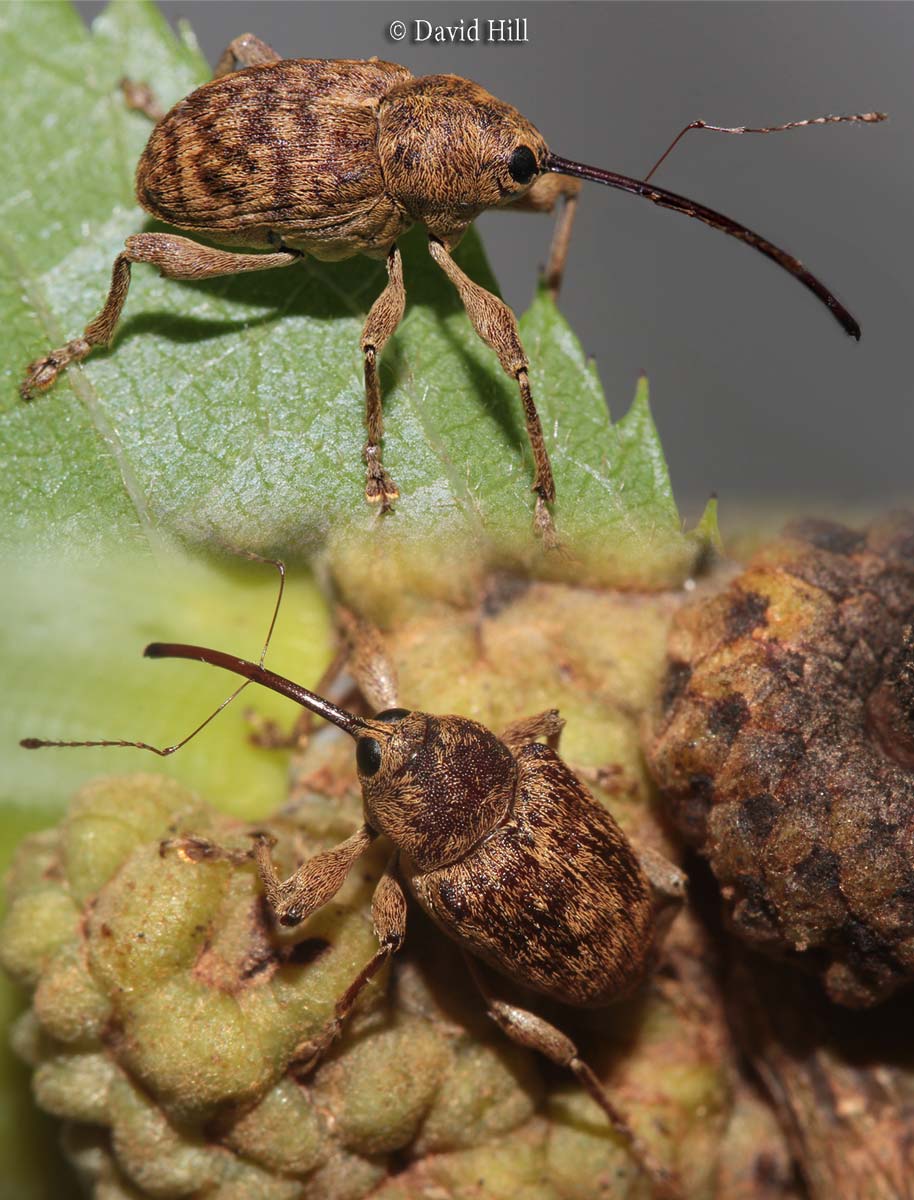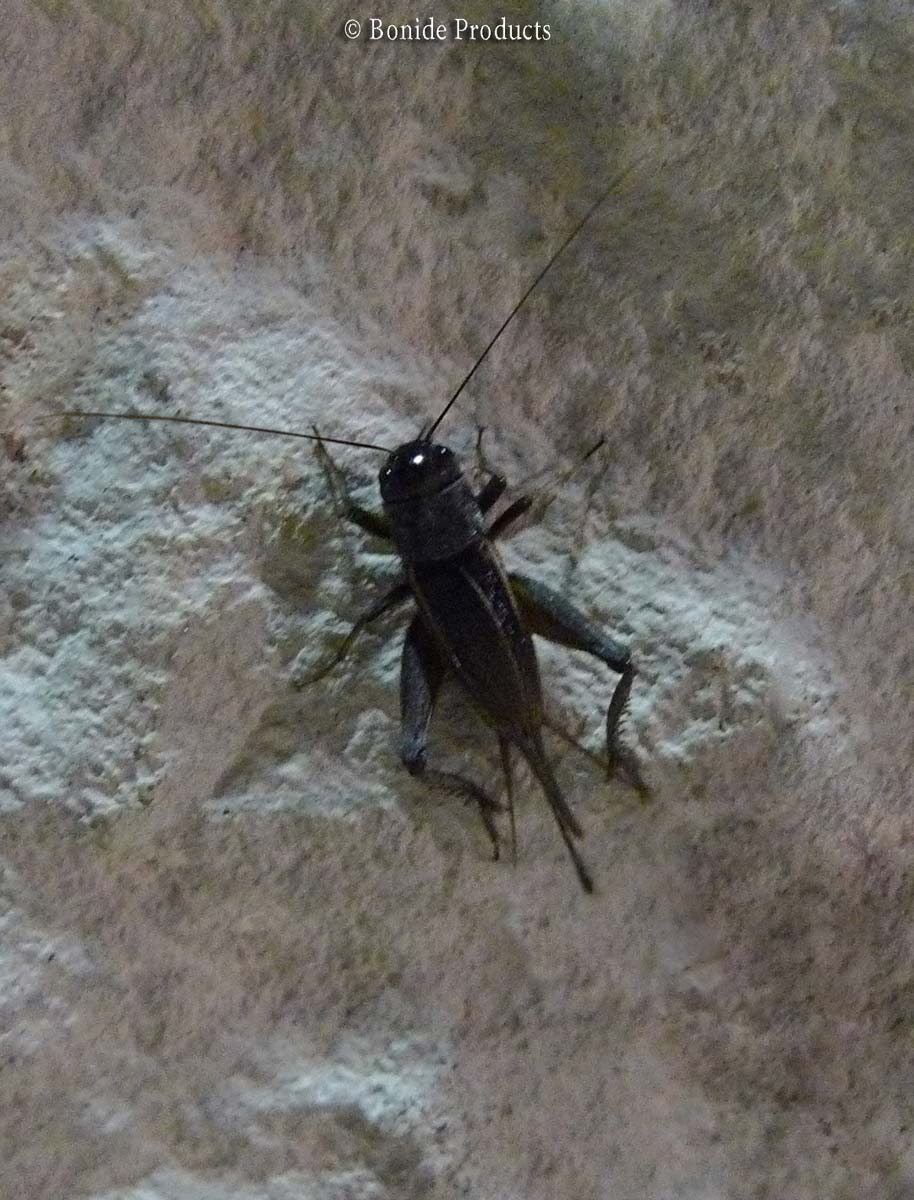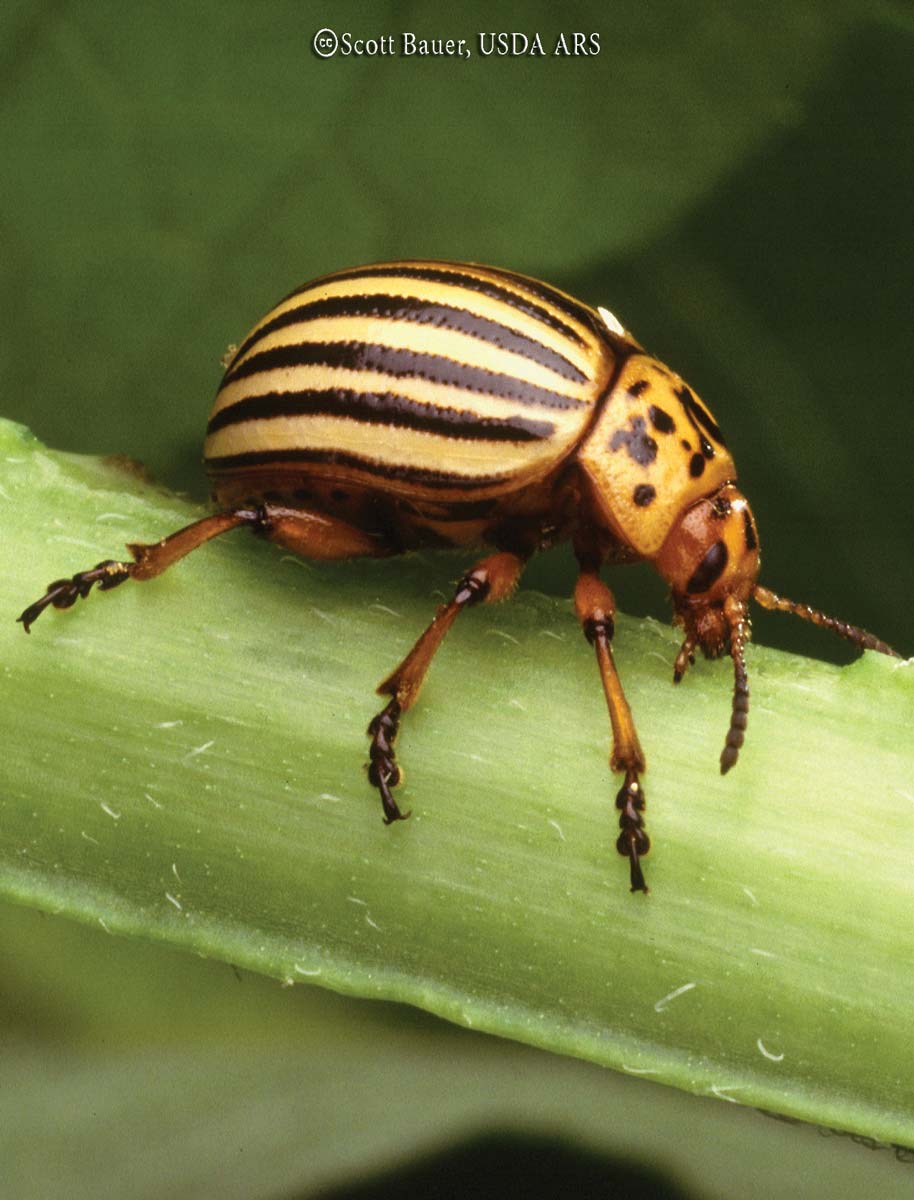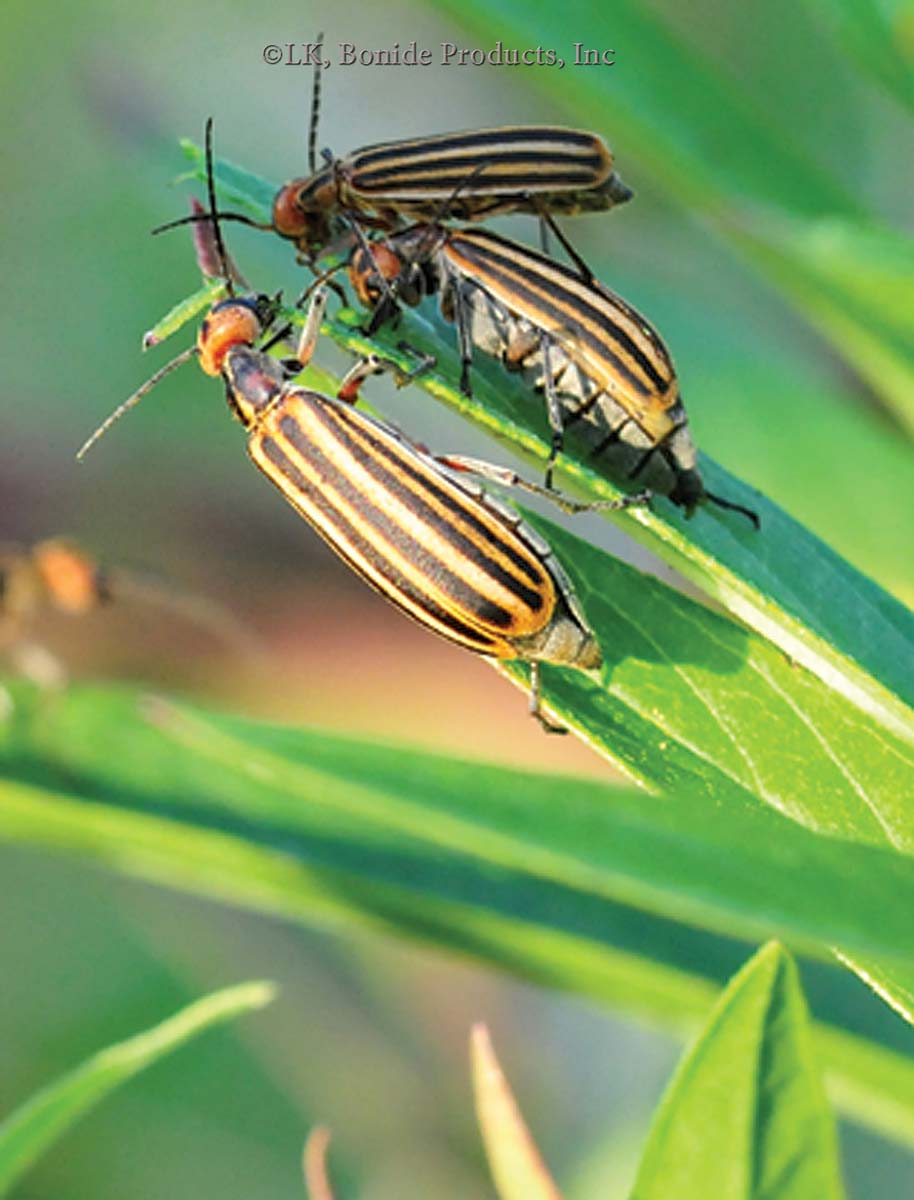Earwigs
Contrary to the old wives’ tale, these nocturnal, 3/4 inch long, reddish brown insects don’t crawl into human ears and bore into the brain with their mean looking pincers. Earwigs do nibble on plants though-but they usually do more good than harm, since they eat decaying matter and other insects. Due to their habit of … Read more
